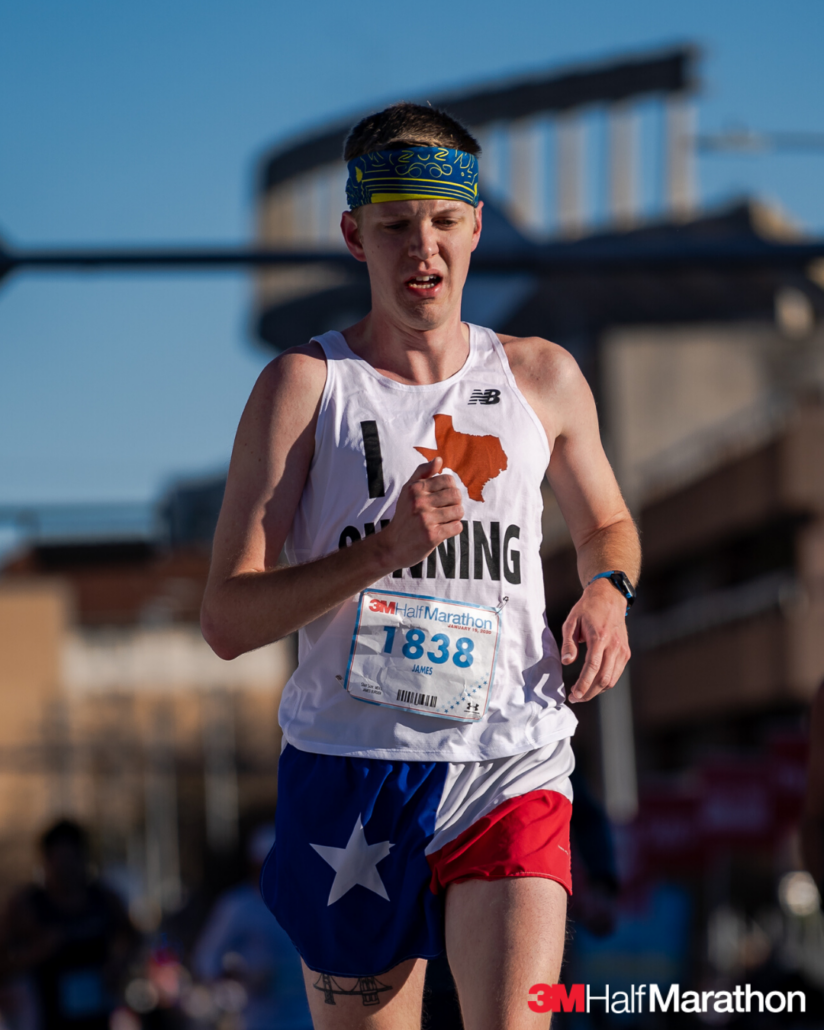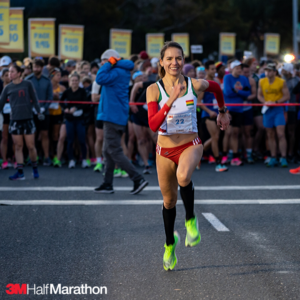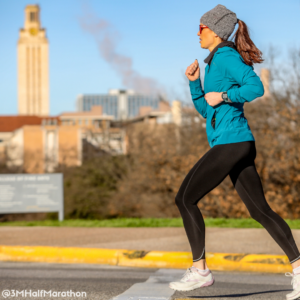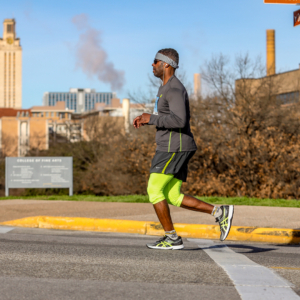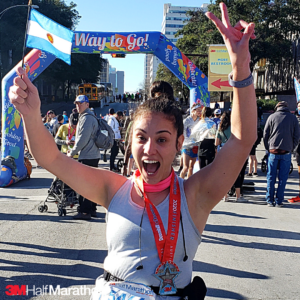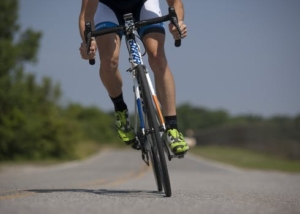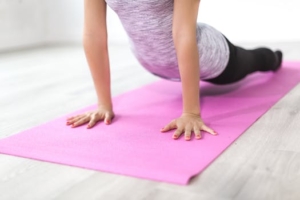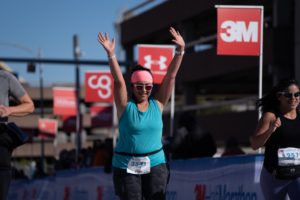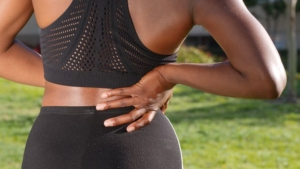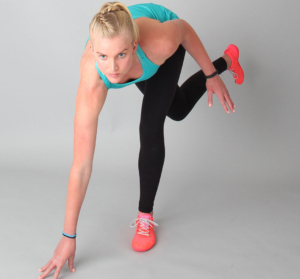So, you’ve decided to take the plunge and sign up for a half marathon. Congratulations!
You’re in for an amazing experience. But before you toe the starting line, there are a few things you should know.
We collected advice for beginner half marathoners that are beneficial, thoughtful, insightful, and worth a read! If you’re feeling apprehensive about your first 13.1-mile race, don’t worry—you’re not alone. Tackling a half marathon is a big goal, but with the right training plan and mindset, it’s completely possible to accomplish. Check out this advice from seasoned runners to make your transition to half-marathoner status as smooth as possible.
Pro tip: if some terms below are unfamiliar then check out our helpful running terminology blog.
Nutrition and hydration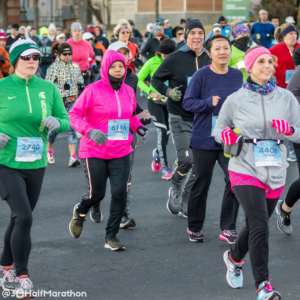
- Make sure your nutrition/hydration plan accounts for race-day temperatures.
- Stop drinking about an hour before the start.
- Stop at the aid stations before you think you need to. Some experienced runners will talk about how getting a little dehydrated is totally fine – and it is. But for your first half marathon, you risk more by letting yourself get behind on hydration than overdoing it.
- Practice eating nutrition and drinking hydration during training. Experiment to find what works best for you. Make sure your stomach tolerates it. You might deal with some things better than others!
Training
- Consistency in training.
- If you trained well, then you’ve done everything that’s within your control.
- When running up and down hills, shorten your stride. Study the maps. Run the tangents.
Mentality
- Start now ignoring that voice in your head that will tell you, this is hard, you can’t do it, you’re too old, it hurts, you can try again another race. You have to push through believing in your training and your determination and perseverance!
- Bad patches will pass if you just distract yourself for a bit.
- Don’t get stressed if you are a little boxed in early on.
- Smile at all the cameras, thank as many volunteers as you can, high five all the people that put their hand out, take in all the scenery and enjoy every bit of it – YOU’RE RUNNING A HALF MARATHON!
Logistics
- Body-glide, don’t forget it.
- Cotton is not your friend.
- However long you anticipate your half marathon will take to finish, multiply it by 2.5. Then make sure your playlist is that long, especially if you want warm-up tunes at the start line. There’s something weirdly demoralizing about your playlist starting over again when you thought it was long enough.
- If you feel a blister forming look for an aid station and add some vaseline or moleskin (if available).
Pacing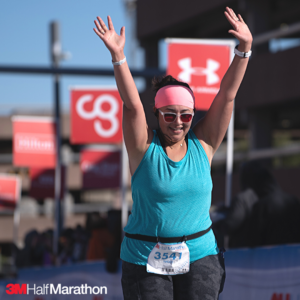
- If you feel like you need to walk you need to slow down.
- Run at your target pace, do not get sucked into running faster because of the rush you get from the other runners/crowd.
- Don’t go out too fast! The secret to a fast half marathon is a negative split (meaning you run the second half of your race faster than the first half). Patience!
- Go slow, start slow, and ignore the pressure to pick up your pace just because you’re doing well.
- Do not set a time goal for your first half marathon.
- If you don’t think you’re going too slow, you’re going too fast.
And the most important advice of all
Nothing. New. On. Race. Day!
Now that you’re armed with all this great advice, it’s time to put it into practice and run your best half marathon yet. We hope these tips help you achieve your goals and cross the finish line feeling strong and accomplished.
Be sure to share and follow us on Instagram or join our Facebook Group – we would love to hear from you!

